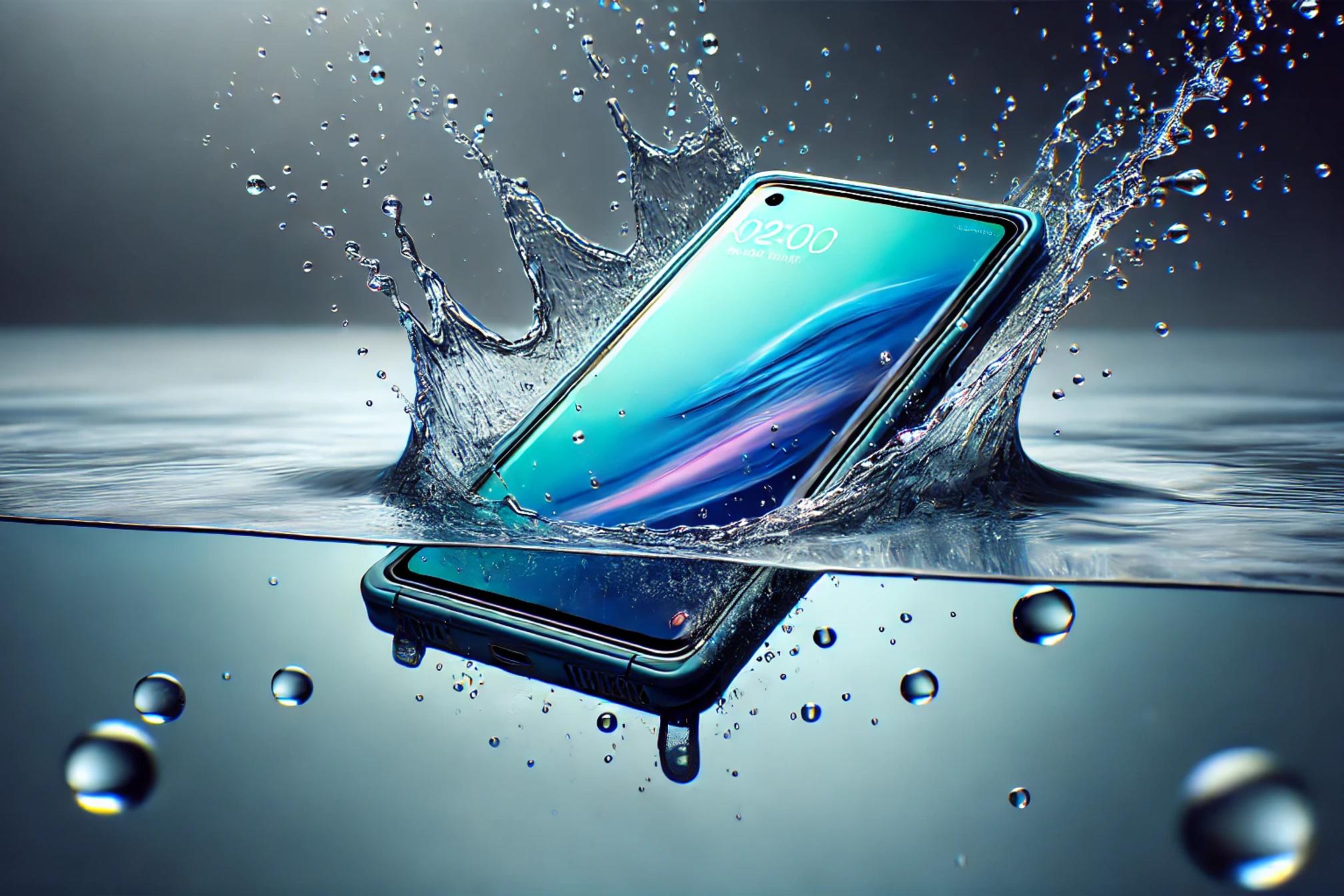Tuesday, March 4, 2025
Is My Phone Actually Waterproof? Guide to IP ratings.


TL;DR
IP68 is the best. But...
What the Heck is an IP Rating?
"IP" stands for Ingress Protection, which is just a fancy way of saying how well a device can keep out dust and water. Instead of vague terms like “water-resistant” or “splash-proof,” the IP rating system uses actual numbers to tell you exactly what kind of abuse your gadget can handle.
An IP rating usually looks something like IP68, where:
- The first number (0-6) tells you how well it blocks out solid stuff like dust, sand, or dirt.
- The second number (0-9) tells you how much water it can handle before turning into an expensive paperweight.
Decoding the Numbers: What Do They Actually Mean?
Let’s take the most common example—IP68:
- The "6" means the device is completely dust-tight. No grains of sand, no fluff from your pocket, nothing’s getting inside.
- The "8" means it can be submerged deeper than 1 meter in water (usually up to 3 meters, but this varies by manufacturer).
If you see something like IPX8, the "X" just means the manufacturer didn’t test for dust, but it still has a solid water-resistance rating.
Decoding Table
| 1st | Solids | 2nd | Liquids |
|---|---|---|---|
| 0 | No protection | 0 | No protection |
| 1 | Protection against objects bigger than 50 mm diameter | 1 | Protection against vertically falling water drops |
| 2 | Protection against objects bigger than 12.5 mm diameter | 2 | Protection against vertically falling water drops at 15 degree angle |
| 3 | Protection against objects bigger than 2.5 mm diameter | 3 | Protection against vertically falling water drops at 60 degree angle |
| 4 | Protection against objects bigger than 1.0 mm diameter | 4 | Protection against vertically falling water spraying at any angle |
| 5 | Protection against dust | 5 | Protection against water jets at any angle |
| 6 | Complete dust protection | 6 | Protection against powerful water jets or heavy seas |
| 7 | Protection against submersion in water under defined conditions or pressure and time | ||
| 8 | Protection against continuous submersion in water |
So, Is My Phone Waterproof?
Not exactly. Even if your phone has an IP68 rating, that doesn’t mean it’s invincible. The tests are done in fresh water, so things like saltwater, chlorinated pool water, or even soapy bathwater could still cause damage. Plus, water resistance can wear down over time as seals and adhesives degrade.
Which IP Rating Do You Actually Need?
- IP67 or IP68 – Great if you want protection from dust and an accidental drop in the sink, pool, or even a shallow lake.
- IPX7 or IPX8 – Good for devices that might get submerged but aren’t necessarily dustproof.
- IPX4 – Okay for sweat and rain, but don’t drop it in water and expect it to survive.
- No IP rating? Probably best to keep it far away from moisture and dirt.
Final Thoughts: Should You Trust IP Ratings?
IP ratings give you a good idea of what your device can handle, but they’re not a guarantee. Real-world conditions (hot water, moving water, chemicals) can still damage even highly-rated devices. So, while an IP68 phone might survive a dunk, you probably shouldn’t make a habit of taking it for a swim.
At the end of the day, IP ratings are useful, but common sense is your best defense. If you want true water protection, consider a waterproof case—because replacing a waterlogged phone is way more painful than just keeping it dry in the first place!
So Which Phones Are Rated IP68? (the highest)
This is the easiest question to answer. Basically all of them. It's hard to find a major brand phone that is not rated at the IP68 level. This includes the Apple iPhone 16, Samsung Galaxy S25, and Google Pixel 9.
As always, feel free to contact us on our main page for any additional questions or assistance you may need.
